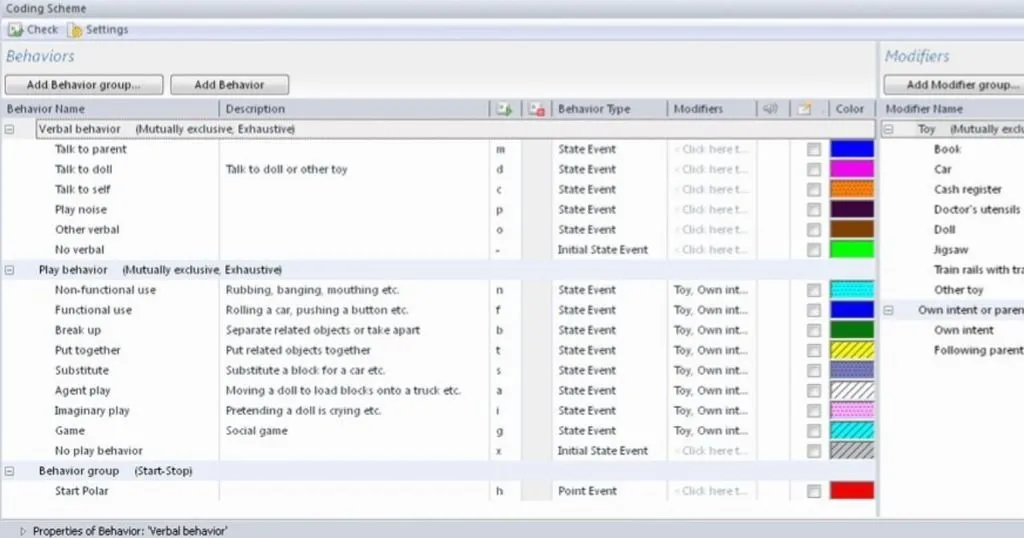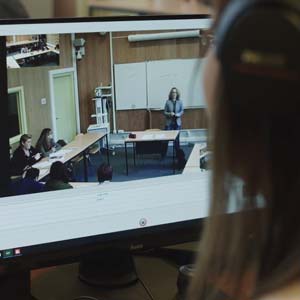Classroom observations including facial expression analysis
Internet and technology usage, including computers, tablets, and mobile phones, has increased exponentially in the past few years.
Posted by
Published on
Wed 01 May. 2013

Internet and technology usage, including computers, tablets, and mobile phones, has increased exponentially in the past few years. Besides the fact that people are becoming accustomed to a variety of technology in the workplace and at home; technology has also entered other domains such as in schools, libraries, shopping malls, and restaurants.
Classroom observations including facial expression analysis
Dr. Tiffany Drape and her colleagues from Virginia Polytechnic Institute, Blacksburg, Virginia were interested in the integration of technology in higher education. Why specifically higher education, you might ask? The researchers explain that technology can help students meet higher standards and promote innovative approaches to teaching and learning. However, many schools are still struggling with this integration.
Case study on technology integration using video collection
In NACTA Journal, Drape et al. (2013) presented a case study that explored technology integration using video collection, observations, facial expression analysis, qualitative interviews, and video coding with The Observer XT. Drape et al. have chosen different methods to gather data in order to elucidate technology usage from different angles.
The case study includes an analysis of an associate’s degree program in a college of agriculture and life sciences in the USA. The research questions were: 1) How do educators decide what technology to use and how to integrate it into their program? and 2) What influences educators’ decisions to integrate technology?
Classroom observations
In this blog article, the classroom observations are discussed. These observations were a major part of the case study. In order to analyze the videos in a more structured way, the researchers translated the research questions into an observation guide. This guide enabled the researchers to learn more about the behavior of students and the instructor in the classroom. The questions “how does the instructor keep students engaged and motivated using technology?” and “what are the students doing while the instructor is teaching the class” guided the observations.
Verbal and non-verbal behavior of students
Drape et al. were interested in verbal and non-verbal behavior of students and teachers and used The Observer XT and FaceReader to collect and analyze data. They recorded video unobtrusively in classrooms to collect the data they needed and coded behaviors afterwards. This included the coding of events related to the use of technology, such as a computer, software, or a remote control; how often the instructor and students discussed the use of technology; and what conclusions both groups decided on in reference to the use of technology in and out of the classroom.
FaceReader, facial expression analysis software, was used to analyze non-verbal behaviors when students were asked to look at a video on their computer.
The researchers concluded that their data illustrates that instructors are careful when choosing to integrate technology. The priorities of the program leadership team, technology usage in the agriculture industry, and students’ comfort with technology are all factors that are taken into consideration when making decisions about integration.
In conclusion, the researchers recommend that technology be integrated on a daily basis and be thoroughly evaluated as a teaching tool. They add as a last remark that technology should never be a substitute for an actual teacher.
References
Drape, T.A.; Westfall-Rud, D.; Doak, S.; Guthrie, J.; Mykerezi, P. (2013). Technology integration in an agriculture associate's degree program: a case study guided by Rogers' Diffusion of Innovation. NACTA journal, 57(1), 24-35
Related Posts
![10 reasons why AV tool Viso is beneficial for video feedback [INFOGRAPHIC]](https://mescalero.noldus.com/storage/core-blog/viso-tool-for-effective-video-feedback-20250226162150.webp)
10 reasons why AV tool Viso is beneficial for video feedback [INFOGRAPHIC]

Student facial expression analysis while watching instructional videos


